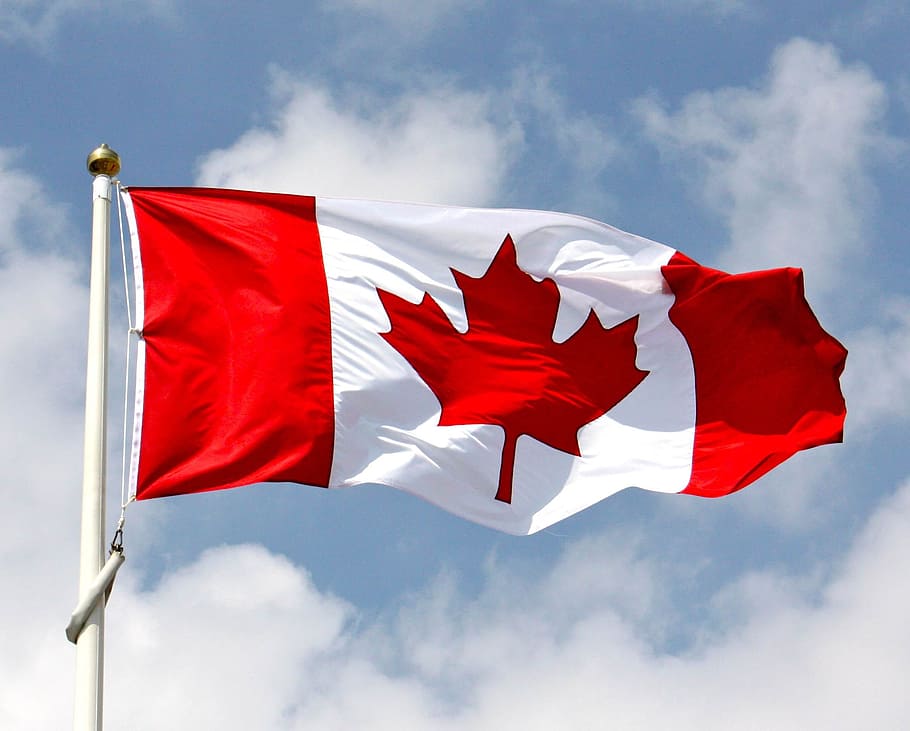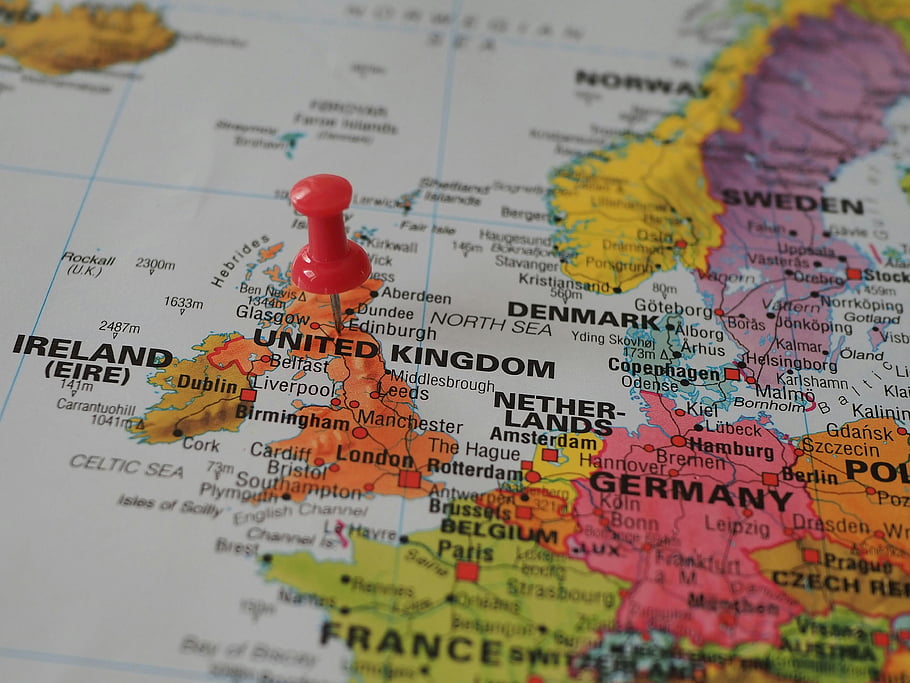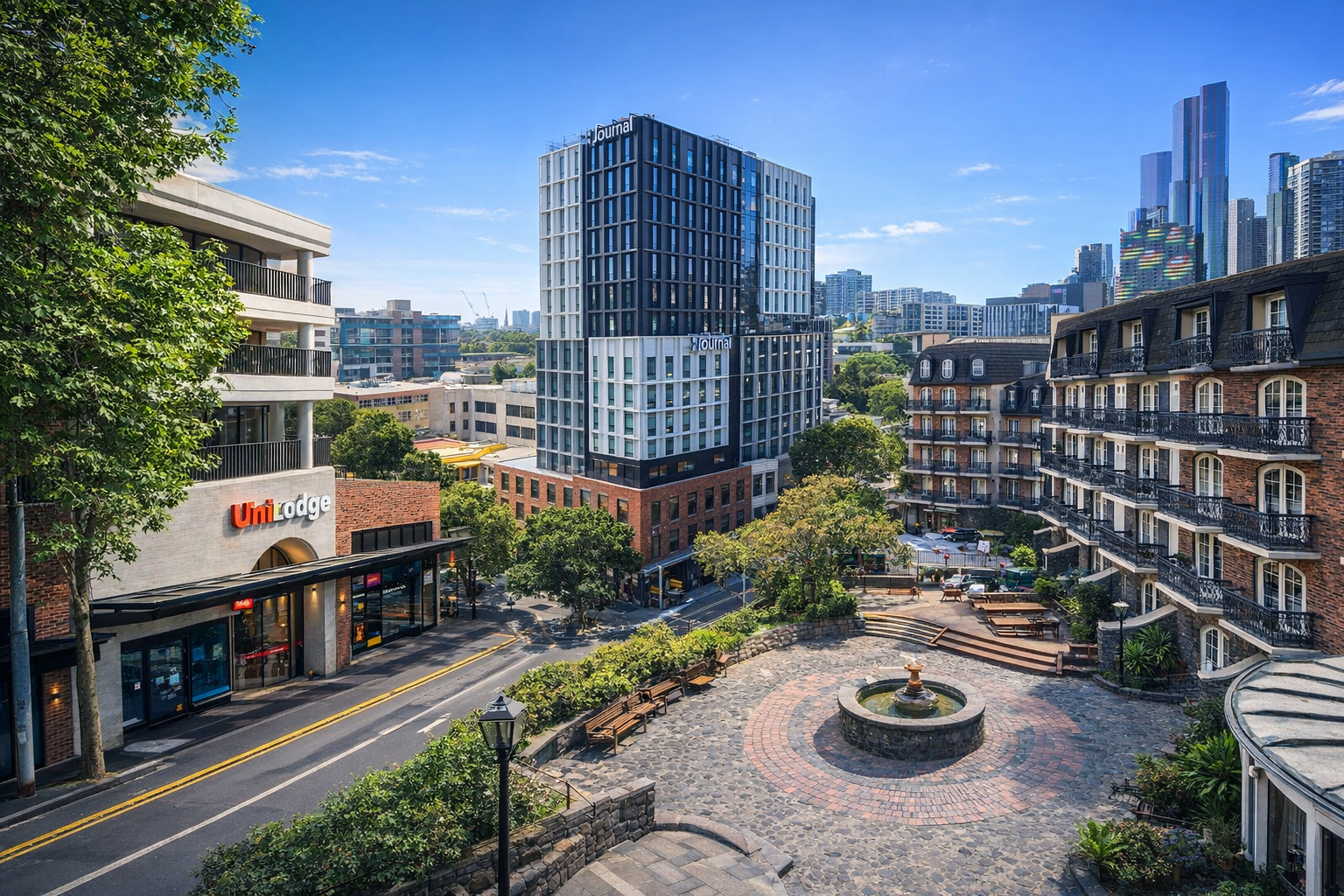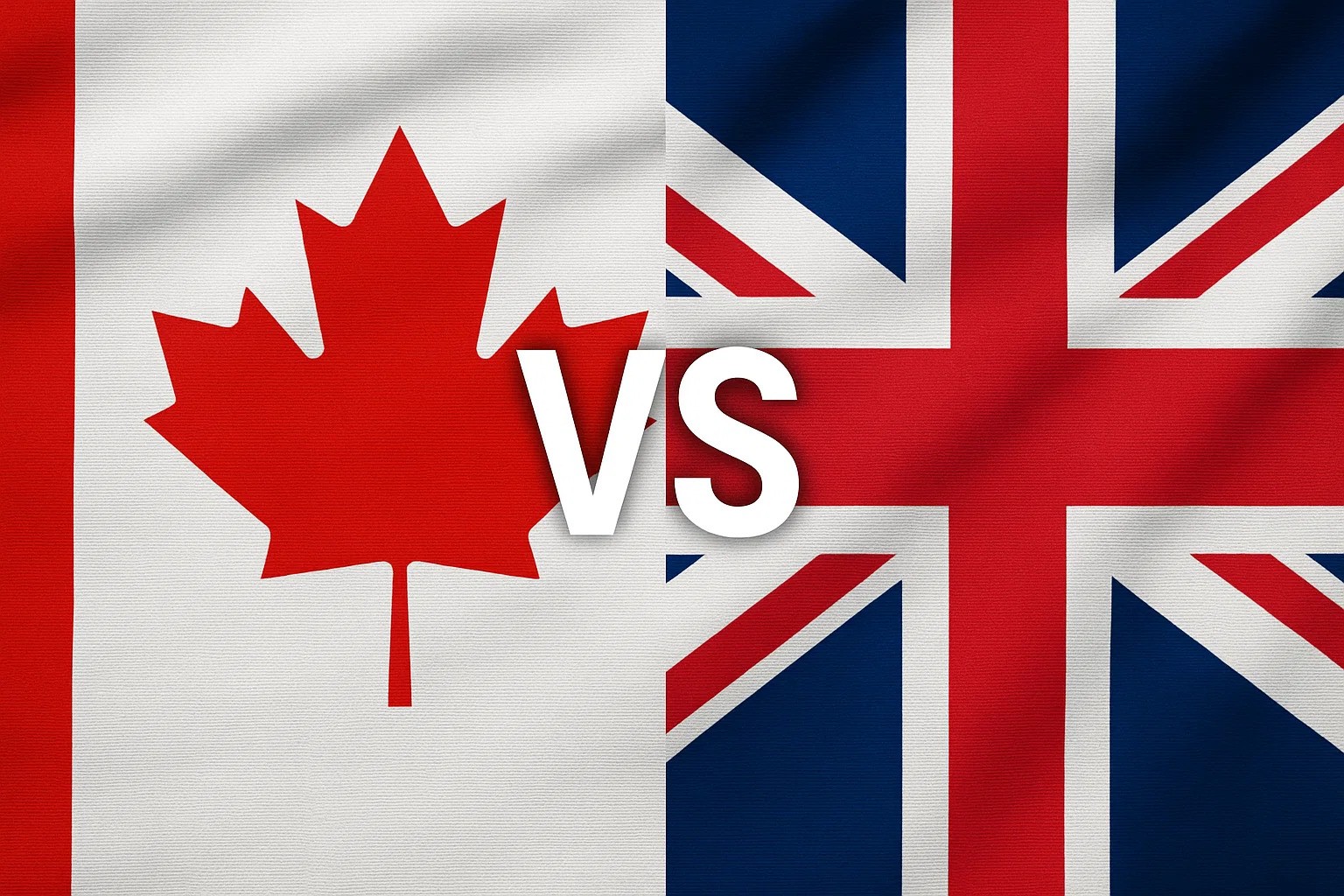Traditions and Culture — Canada vs UK
Canada vs UK shows cultural differences that shape daily life and identity. Canada’s traditions are strongly influenced by Indigenous peoples, French and British colonial history, and a modern multicultural policy that celebrates immigration. This creates a mosaic of festivals, foods, and languages — from powwows and Inuit art in the North to Franco-Ontarian celebrations and large multicultural parades in cities like Toronto and Vancouver. Canadians often emphasise politeness, community volunteering, and outdoors-oriented customs (cottage weekends, hockey on frozen ponds).
The UK’s culture is rooted in centuries of monarchy, parliamentary tradition, and regional identities across England, Scotland, Wales, and Northern Ireland. Long-established rituals—such as remembrance services, royal ceremonies, and pub culture—coexist alongside vibrant contemporary arts, theatre in London’s West End, and local festivals. Social life in the UK often revolves around local institutions (the pub, village fetes, football clubs) and a strong sense of historical continuity.
Both places prize hospitality and civic life but express it differently: Canada through formal multiculturalism and nature-infused leisure, the UK through layered historical traditions and tight-knit local customs. If heritage, ceremony, and regional variety matter to you, the UK’s deep historical tapestry will appeal; if inclusive diversity and Indigenous-rooted traditions, combined with a love of the outdoors, rank higher, Canada may feel more like home.
Food — Canada vs UK
Delicious food is a way to make people feel at home, and Canada and the UK offer completely different kinds of cuisine. In Canada, the cuisine reflects the roots of the Indigenous people and the diverse tastes of immigrants: in Indigenous communities, one can savour bannocks and wild salmon; in Quebec, French-influenced dishes; and in big cities, vibrant South Asian, Chinese and Middle Eastern cuisine. Speciality comfort foods, such as poutines (French fries, cheese curds and gravy) and maple syrup snacks, add a unique Canadian flavour. From casual restaurants to seasonal farmers’ markets, to creative multicultural cuisine, everything is available.
The culinary characteristics of the UK are built on regional classics and pub culture. For instance, fish and chips, Sunday grilled meat with Yorkshire pudding, a full English breakfast, as well as local specialities like Cornwall flatbread, Scottish lamb and Welsh congee. British cuisine usually emphasises tradition and local characteristics. Pubs remain social centres for food, with simple and sumptuous dishes served along with beer. The UK also accepts global cuisine. Cities like London and Birmingham offer world-class Indian, Caribbean and Middle Eastern restaurants.
If you value the diversity of multiculturalism and seasonal natural ingredients, then Canadian cuisine is likely to excite you. If you prefer deeply-rooted local characteristics, sumptuous tavern dishes and traditional dining rituals, the culinary traditions of the UK might resonate with you more. In any case, both of these countries will satisfy your curiosity – try the local specialities and traditional delicacies.

Sport — Canada vs UK
Sports are an important part of national identity in both Canada and the United Kingdom, but with different focuses. In Canada, ice hockey is the king – from the backyard skating rink to the National Hockey League (NHL), ice hockey is a cultural symbol; Ice sports such as curling, skiing and snowboarding are also widely participated in and celebrated. Lacrosse, as the official summer sport of Canada, also has a strong following in some areas. Communities in Canada are often centred around local skating rinks and gymnasiums, with high participation from teenagers, thus forming a community-driven sports culture. Due to the vast natural space, outdoor activities (hiking, canoeing, fishing) also play an important role.
In the UK, soccer dominates public life, and people have deep loyalty to clubs ranging from grassroots teams to those in the Premier League. Cricket, rugby (league and union) and tennis (represented by Wimbledon) carry distinct seasonal traditions and regional characteristics. The tight schedule, local clubs and pub leagues in the UK make it easy to join teams in towns. The audience culture of the main competitions is very enthusiastic, and the long-term confrontation has also added historical drama.
Which one suits you better depends on your preference: if you enjoy team sports in cold weather, skating rink community culture or outdoor adventures, sports life in Canada would be more to your taste. If you prefer the popularity of football, the laid-back summer rhythm of cricket or the competitive matches based on stadiums, the UK offers this classic sports picture. Both countries offer abundant opportunities for participation and viewing at the grassroots and elite levels.
Lifestyle — Canada vs UK
The lifestyle in Canada is usually more relaxed and has a stronger sense of space: the distance between cities is large, many people rely on private cars, and larger houses and outdoor Spaces are generally available in the suburbs and rural areas. The distinct four seasons have made outdoor leisure activities such as hiking, camping, boating and skiing the norm, and community activities are mostly centred around nature and family. Big cities like Toronto and Vancouver have diverse cultures and a fast-paced life, but generally speaking, Canada places more emphasis on a slow pace and work-life balance.
The UK is renowned for its compactness and convenience: dense towns, well-developed public transportation, and more common walking and cycling. Housing is usually smaller than that in Canada, and downtown life is closer to cultural facilities, dining and nightlife. Daily life in the UK revolves more around local community institutions (pubs, community centres, local shops), with convenient switching between cities and rural areas and a wide range of short travel options. Social life is often carried out in indoor public places. Although the four seasons are not extreme, there are often rainy days, which affect the frequency of outdoor activities.
There are also differences between the two places in terms of work culture, parenting support, and public services. Canada has a stronger sense of community and connection with nature, while the UK excels in its historical heritage, convenience, and dense cultural resources. The lifestyle you choose depends on whether you prefer space and nature or convenience and cultural density.

Cost of Living — Canada vs UK
When discussing Cost of Living in Canada vs UK, the key lies in where you live and your lifestyle. Overall, housing in big cities is the biggest expense: rents and house prices in places like Toronto, Vancouver and London are significantly higher than those in second-tier cities or suburbs of their respective countries. There are regional differences in daily expenses (food, transportation, public utilities) between the two countries: in remote areas of Canada, transportation costs may increase food prices, but in cities, there is a wide variety of choices in supermarkets and farmers’ markets. Urban transportation in the UK is relatively developed, but commuting costs and dining out may be more expensive in big cities. The structure of medical insurance and taxation also affects disposable income – public healthcare in Canada is widely covered, but some services need to be paid for out of pocket or supplemented through private insurance. The NHS in the UK offers many free services, but waiting times and some private charges also exist.
The family budget also needs to take into account the mode of transportation (in Canada, private cars are more commonly used, and fuel and insurance are fixed expenses; in the UK, public transportation is more commonly used, but monthly passes are not cheap either), the cost of raising children and education, as well as entertainment and leisure consumption. Overall, if you prioritise a larger living space and proximity to nature, you may find a more cost-effective option in Canada. If you value urban convenience, dense cultural resources and short trips, the lifestyle in the UK is convenient but comes at a higher cost in core cities. When weighing your options, prioritising housing, transportation, after-tax income, and personal preferences will help you make more accurate comparisons.
Conclusion
When deciding between Canada and the UK, the key lies in your personal priorities. Canada is renowned for its vast nature, multiculturalism and relatively relaxed pace of life, making it suitable for those who enjoy outdoor activities, seek larger living Spaces and inclusive communities. The UK, on the other hand, wins with its profound history, abundant cultural resources and convenient urban life, making it suitable for those who value cultural activities, short trips and compact social networks. The costs of food, sports and living in both countries have their own characteristics, but housing and transportation are usually the biggest expenses. Only by weighing career opportunities, family needs and daily preferences can one make the most suitable choice between Canada and the UK.
FAQ
Is the UK or Canada better to live in?
Both countries offer a high standard of living. Canada is renowned for its larger natural Spaces and multiculturalism, but its pace of life is relatively slow. The United Kingdom boasts a rich history, convenient transportation and cultural resources. Which one suits you depends on whether you prefer nature and space or history and urban convenience.
Is Canada's salary better than the UK?
Overall, the average salary in Canada is usually slightly higher than that in the UK, but it should be taken into account in light of the cost of living. Housing and transportation in Canada may be more expensive, while in the UK, there is also a relatively high cost of living in big cities. The differences in salary levels are more dependent on industries, regions and individual career development.
Who's richer, the UK or Canada?
In terms of economic aggregate, the GDP of the United Kingdom is larger than that of Canada. However, when compared in terms of per capita income and quality of life, both countries rank among the top of the world’s developed economies. Canada has obvious advantages in per capita resources and natural wealth, while the United Kingdom is renowned for its global financial and cultural influence.
Should I move from the UK to Canada?
It depends on your goal. If you are in pursuit of a larger living space, a natural environment and immigration-friendly policies, Canada might be a better choice. If you value the geographical connection with Europe, its historical culture and relatively convenient transportation, then staying in the UK might be more in line with your needs.
What is safer, Canada or the UK?
The overall security level of both countries is very high. The violent crime rate in Canada is usually lower than that in the UK, but the urban crime rate in the UK fluctuates greatly due to regional differences. In daily life, as long as one follows the conventional safety awareness, most people can feel safe, whether in Canada or the UK.








